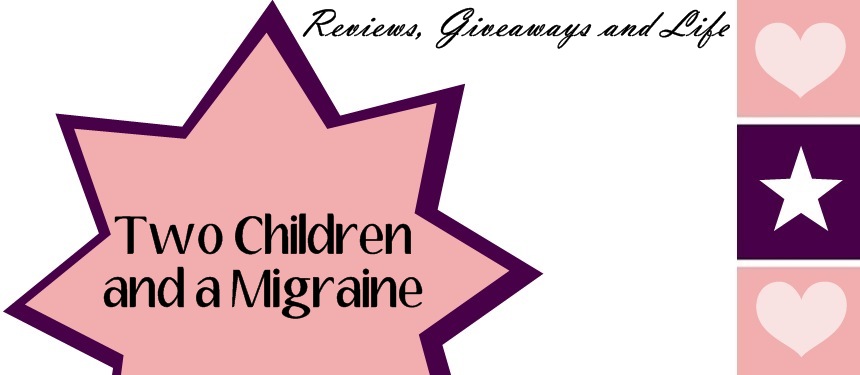Wednesday, September 19, 2012
Getting to know Dystopia and Cyberpunk
Dystopia & Cyberpunk
by Camille Picott
A Guest Post for Jayda & Two Kids and a Migraine
September 19, 2012
Today I’ve been asked to discuss the genres of dystopia and cyberpunk, and what readers can expect of books in these genres.
Dystopia novels convey “the idea of a society, generally of a speculative future, characterized by negative, anti-utopian elements, varying from environmental to political and social issues.” (From Wikipedia—read the entire article here.) Examples of dystopia novels are The Hunger Games by Suzanne Collins and Fahrenheit 451 by Ray Bradbury. In these types of books, readers can expect to encounter societies that are supposedly ideal and perfect, especially in the eyes of the ruling class; in truth, these societies are flawed and oppressive and often totalitarian in nature.
Cyberpunk books “feature advanced science, such as information technology and cybernetics, coupled with a degree of breakdown or radical change in the social order.” (Also from Wikipedia—read the full article here.) Examples of cyberpunk are Snow Crash by Neal Stephenson and the Matrix movies. In these types of stories, readers often encounter dystopian societies coupled with high technology, most especially virtual reality. Cyberpunk novels often have what I call a “hard science” edge, with lots of technical explanations.
There is a lot of crossover between the two genres, though dystopias will in general lack the hard science of cyberpunk. Sometimes dystopias feature a lack of science and technology, with people living by more primitive means. Cyberpunk often features anti-utiopias, but always has some form of high technology.
My YA novel, Sulan, Episode 1: The League is a blend of dystopia and cyberpunk, which I fondly
call “dystopunk.” It features a dystopian society and high technology, but without the hard science a reader might expect to find in a cyberpunk novel. I purposely tried to omit hard science from my novel, mostly because I don’t like to read hard science in my fiction. I like books that can convey the science in simple terms and move on.
Dystopia and cyberpunk works offer a landscape for writers to explore worlds and societies dramatically altered through an extreme circumstance such as natural disaster, man-made disaster, social collapse, and political upheaval. Through these genres, writers extrapolate on what might happen if those extreme circumstances ever came to be.
In The Hungers Games, Collins explores a post-disaster world controlled through political oppression. In Fahrenheit 451, Bradbury tackles a future where the masses are controlled through ignorance. Stephenson creates a world largely controlled by corporations in Snow Crash. Matrix watchers get to experience what might happen if our world was dominated by artificial intelligence.
In Sulan, I explore some of my personal fears: fear of what might happen if our country faced a drastic climate change, and fear of what might happen if our country went bankrupt. I name these two events the Shift and the Default. They are the foundation on which sixteen-year-old’s Sulan’s worldview is built.
Thanks, Jayda, for letting me stop by your blog to talk about these two genres!
Labels:
cyberpunk,
dystopia. Camille Picott,
Sulan,
Ya Books
Subscribe to:
Post Comments (Atom)



























2 comments:
Thanks, Jayda, for hosting me on the Sulan blog tour! I had a lot of fun writing this guest post.
Thanks again for taking part in the tour!
Post a Comment